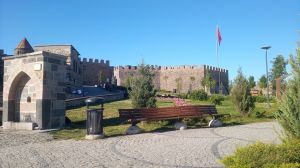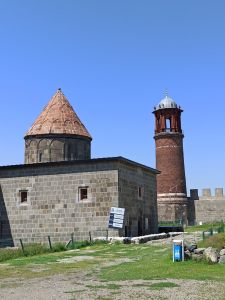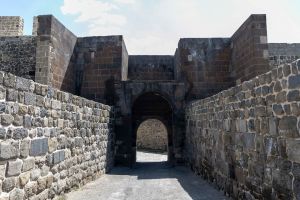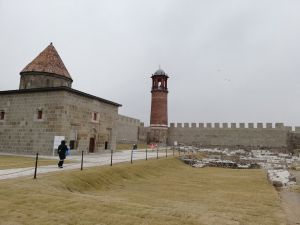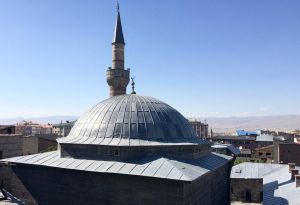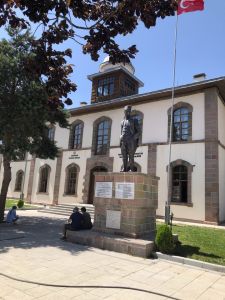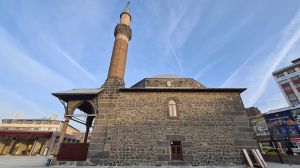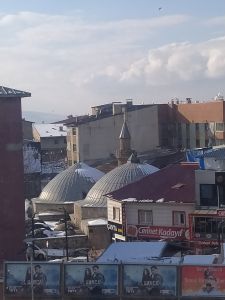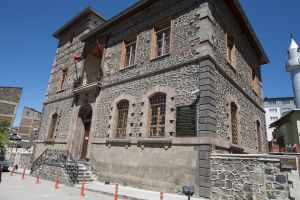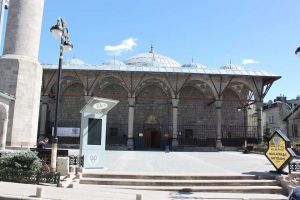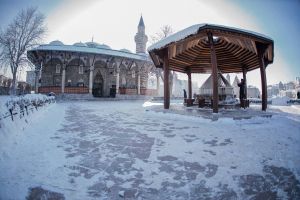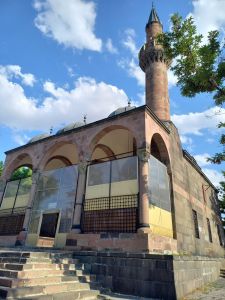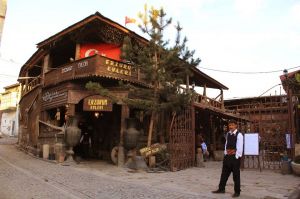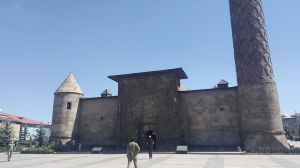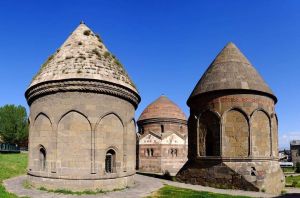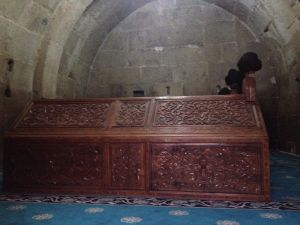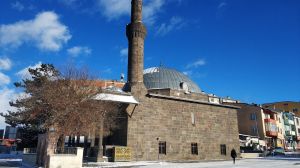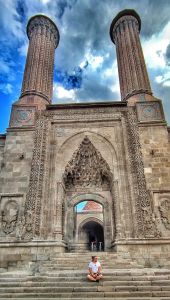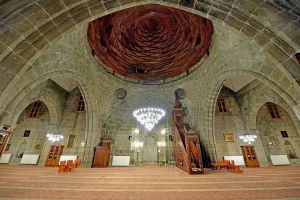Erzurum is the center.
Erzurum is the center.
M. of Erzurum, the largest city in Eastern Anatolia. Oh, my God. It is estimated to have been founded in 4900 AD. Erzurum and its surroundings have witnessed intense residential and political events, especially since the late Chalcolithic and Early Bronze Age. This is because it has been at the crossroads of important commercial and military routes since ancient times.
M. of Erzurum, the largest city in Eastern Anatolia. Oh, my God. It is estimated to have been founded in 4900 AD. Erzurum and its surroundings have witnessed intense residential and political events, especially since the late Chalcolithic and Early Bronze Age. This is because it has been at the crossroads of important commercial and military routes since ancient times. It also has a rich network of streams and a natural defensive base. Despite the harsh surrounding climate conditions, the mountain ranges and fertile plains along the streams have created an environment suitable for agriculture and especially animal husbandry. The excavations of Karaz, Pulur and Güzelova testify that the way of life in the area has continued for about 6,000 years. M in the area. Oh, my God. It also turns out that there's a very strong cultural unity since 6,000.
Throughout history, the region that includes Erzurum has been ruled by many different tribes and nations, such as the Urartians, the Cimmerians, the Scythians, the Medes, the Persians, the Parthians, the Romans, the Arabs, the Seljuks and the Byzantines, the Sassanids, the Mongols, the Ilkhanids, and the Safavids.
The city, which is such an important gateway and is influenced by so many different cultures, certainly has a very rich heritage in terms of history.
